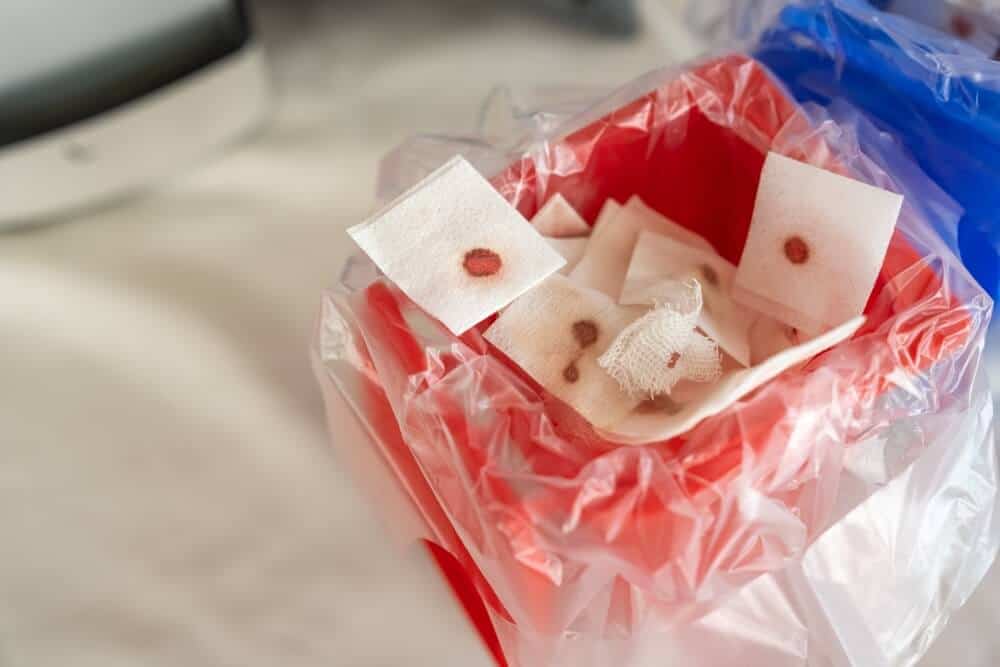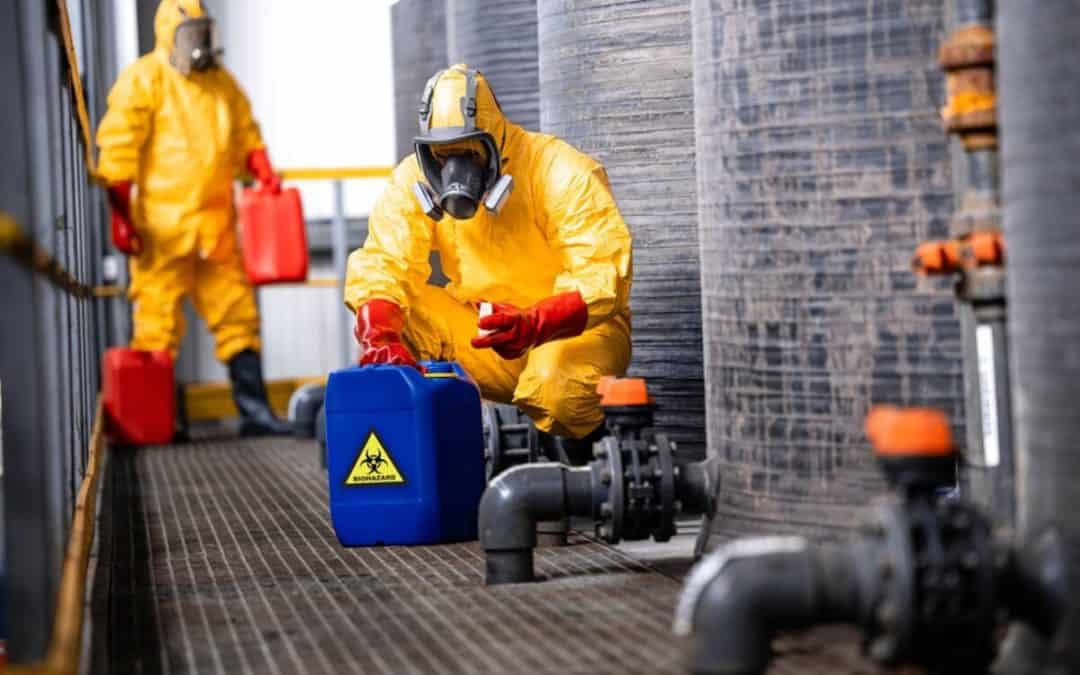Improper disposal of biohazard materials poses serious risks to human health and the environment. From hospitals and research facilities to households using sharps or contaminated items, everyone has a role in managing hazardous waste responsibly. Understanding how to handle these materials safely ensures protection against contamination and the spread of harmful pathogens.
Why Proper Disposal Matters
Biohazard materials can contain infectious agents, toxic substances, or sharp objects that harm individuals who come into contact with them. Improper handling increases the risk of infections, injuries, and the spread of diseases. Moreover, when discarded carelessly, these materials can contaminate soil, water, and air, threatening wildlife and human populations alike.
Types of Biohazard Materials
Biohazard materials include sharps like needles, pathological waste such as tissues or blood, and microbiological waste from laboratories. Common sources are healthcare facilities, households with medical needs, and industrial sites using biological agents or toxic chemicals.
How to Properly Dispose of Biohazard Materials
Segregate and Label
Always separate biohazard materials from regular waste. Use color-coded containers—red bags for infectious waste and puncture-resistant containers for sharps. Clearly label all containers to ensure anyone handling the waste understands the risks.
Wear Protective Gear
Use gloves, masks, and other personal protective equipment (PPE) when handling biohazard materials. This minimizes exposure to harmful agents.
Follow Regulations
Adhere to local and national guidelines for biohazard disposal. Regulations often specify packaging, transport, and treatment methods to ensure safety.
Partner with Licensed Services
Certified waste management companies specialize in handling biohazard materials. They ensure waste is treated or incinerated following the law.
Special Handling for Common Materials
- Sharps: Use FDA-approved containers and do not overfill them. Replace containers when three-quarters full.
- Liquids: Store in leak-proof containers and, where regulations allow, disinfect with bleach before disposal.
- Pathological waste: Seal in labeled biohazard bags for incineration or other approved methods.
Avoiding Common Mistakes
Never mix biohazard materials with regular waste or recyclables. Reusing containers is also unsafe, as it compromises their integrity. Ensure everyone handling the waste is trained to follow proper procedures.
Conclusion

Proper disposal of biohazard materials is essential for public health and environmental protection. Healthcare workers, lab technicians, and individuals at home must work together to follow safety guidelines and use certified services. By taking these steps, we can reduce risks and create a safer world. Contact Scene Clean today for expert assistance in handling biohazard disposal.



